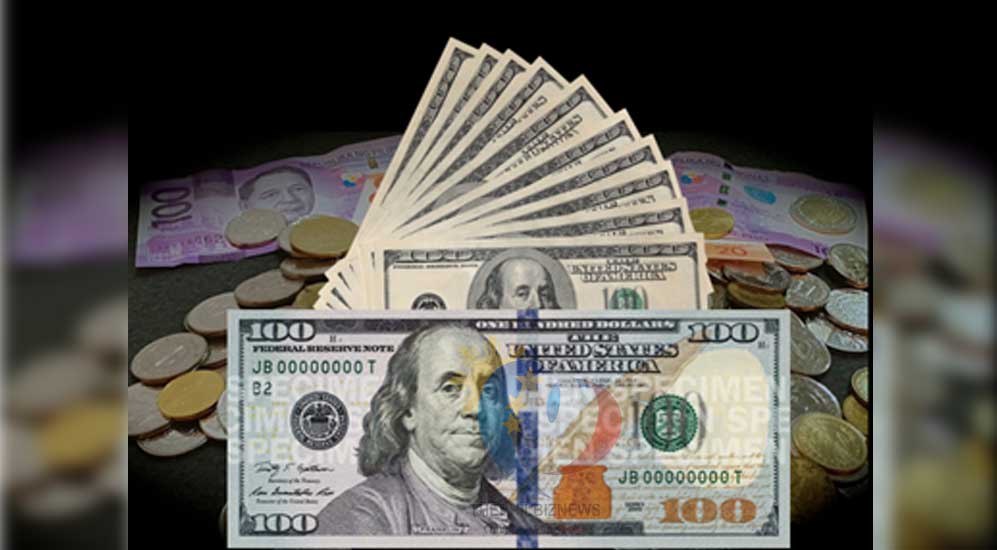Photo from THEPHILBIZNEWS
Even with US$1.27-billion BOP surplus that the Bangko Sentral ng Pilipinas disclosed that hit in August its first for 2018, this is still not enough.
In the data that Central Bank released, it showed that country’s BOP hit a surplus of $1.272 billion in August this year and this is the first BOP surplus of the country for the year which is also a reversal of the $7-billion deficit seen in the same month last year. Furthermore, this BOP surplus is the largest monthly surplus on record since January 2013.
“The inflows in August 2018 stemmed mainly from net foreign currency deposits of the national government [NG] and income from the BSP’s investments abroad during the month,” the Central Bank said.
BSP defended by saying, the inflow could have been larger, if not partially offset by the payments made by the national government for its foreign-exchange obligation and the foreign-exchange operations of the BSP during the month.
The BSP earlier vowed to keep its presence in the foreign-exchange market to smoothen out any volatility that may be detrimental to the economy.
But despite the strong BOP performance of the country in August, the eight-month cumulative BOP position of the Philippines remains in the red. Even the US$18B remittance is not enough to cushion the impact of peso devaluation and the rising current-account deficit to the economy.
The eight-month deficit of the country is at $2.44 billion, up from the $1.39-billion BOP deficit in the same January- to-August period last year.
BSP explained, “The higher cumulative BOP deficit during the period may be attributed to the widening merchandise trade deficit [based on the Philippine Statistics Authority’s preliminary data] for the first seven months of the year that was brought about by the sustained rise in imports of raw materials and intermediate goods, as well as capital goods to support domestic local expansion.”
Meanwhile Katsuhiko Yasui, President of SMBC Nikko Securities (Hong Kong) Limited said one of the biggest short-term concerns of investors on the Philippine economy is its current-account deficit in its BoP.
The widening deficit in the country’s current account in which Rahul Bajoria, Barclays Research Director forecast to hit 2 percent of the Philippines’s gross domestic product (GDP) by the end of this year has been largely blamed on the strong importation of capital goods in the country, most of which are requirements to the country’s infrastructure-reform initiative which also other observers see as too lavish, ambitious and whimsical.
See related story:
Philippines’ ‘Balance of Payments’ deficit persists
Yasui said further that while the depreciating peso and the rising current-account deficit are among the key risks in the economy, a lot of Japanese companies are still interested in putting up shop in the Philippines due largely to its high growth and aggressive infrastructure drive.
The Central Bank announced that it was expecting the BOP to incur a cumulative deficit of $1.5 billion for 2018.














